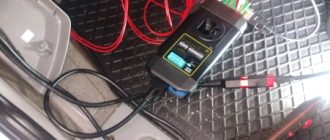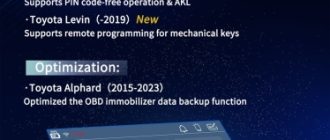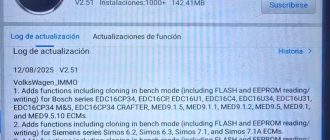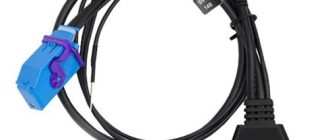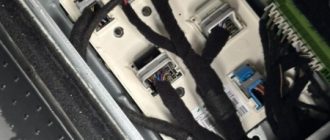Programming a new key for a Lexus GX460, particularly the 2021 model, can be a straightforward process on the surface, but it comes with its share of challenges. This article explores the nuances of key programming for this vehicle, based on real-world experience, and highlights key insights for technicians and enthusiasts alike.
This car is extremely sensitive to the type of keys. It is highly likely that a Chinese key simply cannot be programmed. I tested all possible Xhorse and Autel firmware versions – there was no result… However, only the key generated via Lonsdor worked (here generate Lonsdor key with KW100 key tool).
After programming, a problem with synchronization (sync) may occur…
Also in the video I will tell you how to correctly cut an emergency key for this model and share other important nuances.
The Challenge of Key Programming The Lexus GX460 is, in theory, an “elementary” vehicle to program keys for compared to other Toyota or Lexus models. Unlike some vehicles that require rolling codes, additional cables, or complex procedures, the GX460’s key programming process is relatively simple. Tools like Autel IM608 or AutoproAP can handle the task without needing backups or intricate setups. However, the vehicle is notoriously “finicky” when it comes to accepting keys, especially non-original ones. The primary issue lies with aftermarket keys, such as those sourced from platforms like AliExpress or other non-OEM suppliers. These keys often fail to bind properly to the vehicle, even after multiple attempts with various programming tools and firmware. This was evident in a technician’s experience, who made three trips to program a key for a 2021 Lexus GX460. Initial attempts with aftermarket keys and firmware from tools like Xhorse and Autel were unsuccessful, highlighting the vehicle’s sensitivity to key compatibility.
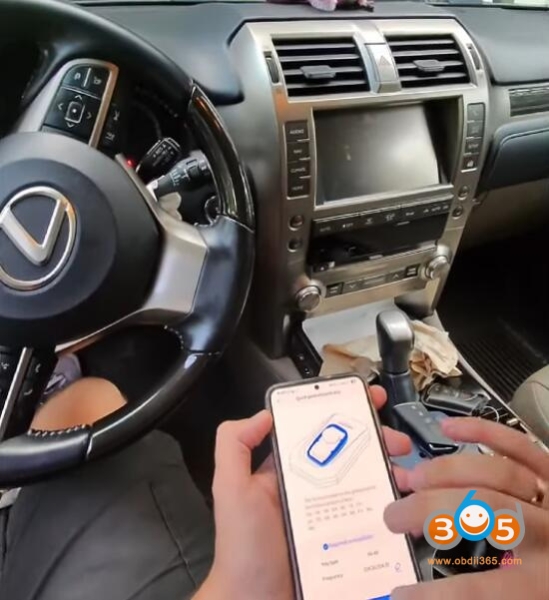
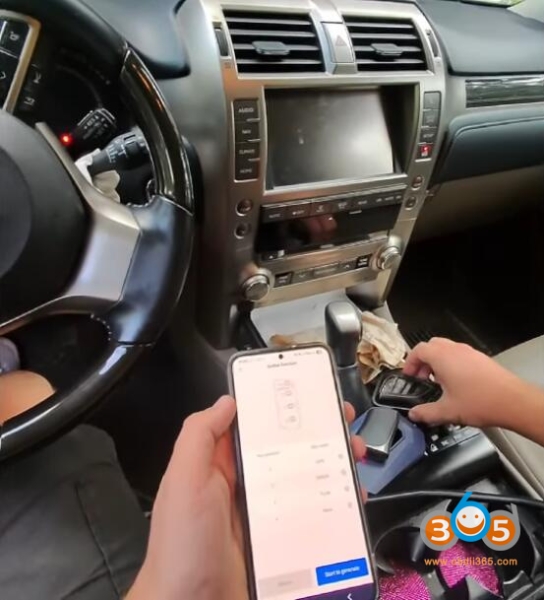
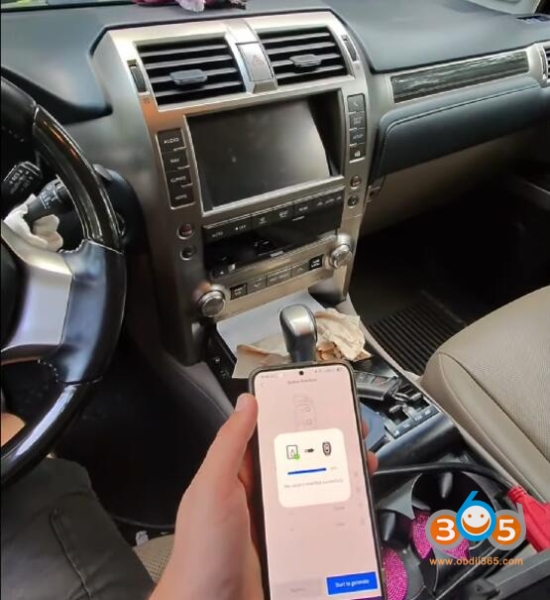
Troubleshooting and Solutions The technician initially arrived with an incorrect key, a rare but not unheard-of mistake. The Lexus GX460 uses specific FCC IDs, and ensuring the correct one is critical. On the second visit, even with the right key, programming failed due to firmware incompatibilities. Tools like Xhorse and Autel were tested with various firmware versions, but none successfully paired the aftermarket key. The technician hypothesized that an original Toyota or Lexus key might be necessary, though the client was reluctant to pay for a pricier OEM option.Interestingly, the programming process itself is not the hurdle. The GX460 does not require rolling codes or three-step cable connections, making it less complex than other Toyota or Lexus models. The technician used AutoproAP and selected an alternative model (since the GX460 wasn’t listed) to complete the programming. The process took about 40 seconds, and the key was successfully added. However, a recurring issue emerged: the buttons on the key (e.g., for locking/unlocking) often failed to work post-programming.
Why Aftermarket Firmware Fails
The technician tested multiple firmware versions (including Xhorse and Autel), but none worked. Possible reasons:
-
Frequency mismatches in non-OEM keys.
-
Software limitations in generic tools (AutoProPad, Autel, etc.).
-
The vehicle’s ECU may block unverified keys.
Solution: If possible, use OEM keys or keys from trusted suppliers. For programmers, Toyota/Lexus-specific tools (e.g., Techstream) are more reliable.
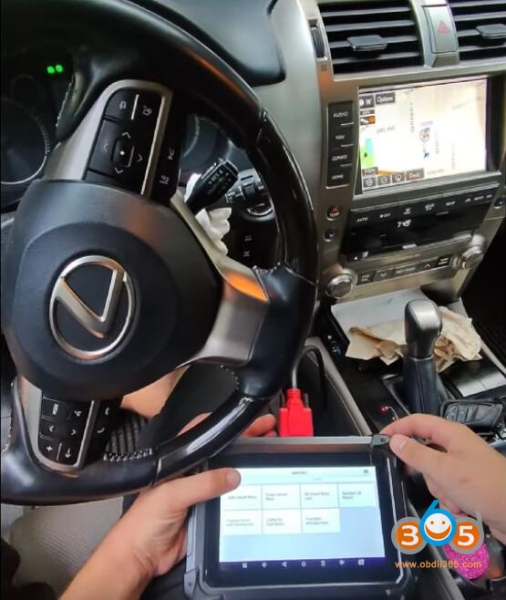
Addressing Button Malfunction A lesser-known but critical issue with the GX460 (and some other Toyota/Lexus models) is that the key’s buttons may stop functioning after programming. This is a rare phenomenon but not insurmountable. The solution involves accessing the proximity function in the programming tool to resynchronize the key. By entering the programming menu, selecting the synchronization option, and toggling the ignition with any key, the buttons can be restored to full functionality. This step is often overlooked, as it’s not explicitly listed in tools like AutoproAP, but it’s a vital workaround for technicians.
Additional Considerations: Key Cutting
Beyond programming, cutting the physical key blade for the Lexus GX460 presents its own challenges. The vehicle’s key slot is sensitive to blade thickness, and standard blades may not work effectively. To address this, the technician used a creative workaround: stacking thin plastic shims (similar in thickness to a business card) to artificially increase the blade’s thickness. Typically, two or three shims are sufficient to ensure the key engages properly in the lock. However, care must be taken when using Xhorse Dolphin XP005 cutting machine, as excessive thickness can cause the key to dislodge during the process. The technician emphasized that while specialized tools or adapters might exist, this DIY solution is effective and cost-efficient.
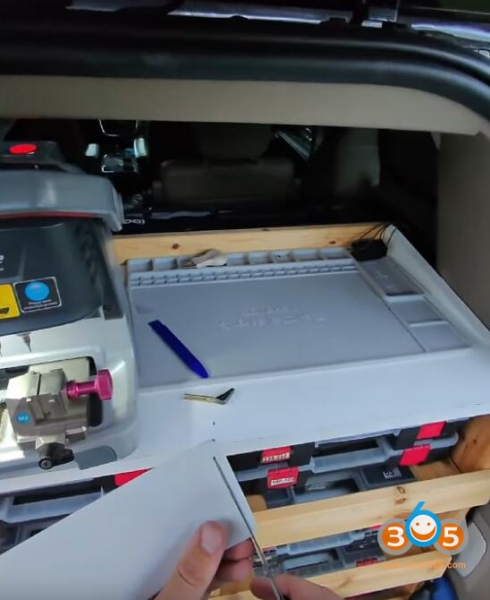
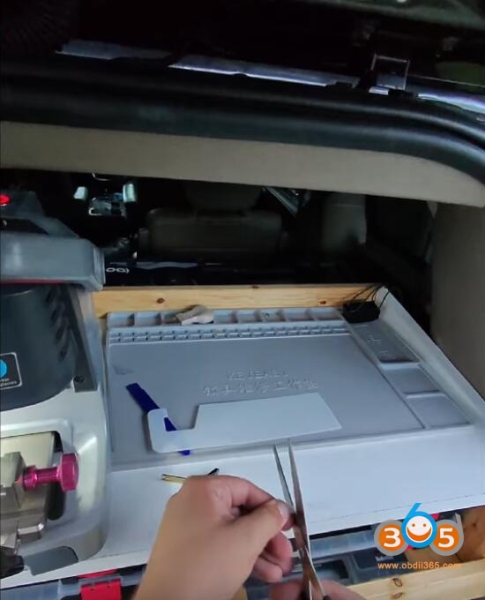
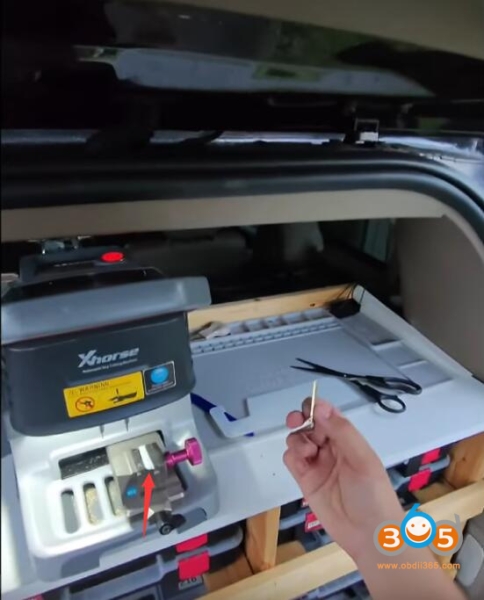
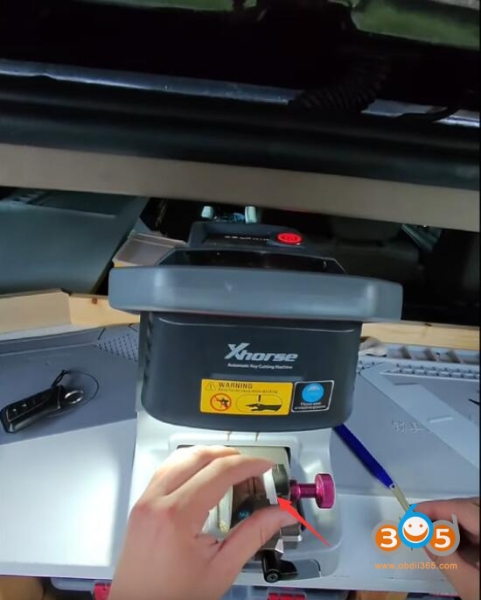

Key Takeaways
The Lexus GX460, while simple to program in theory, is extremely particular about key compatibility. Aftermarket keys often fail to bind, and technicians may need to resort to OEM keys for guaranteed success. The button malfunction issue, though rare, can be resolved through proper resynchronization. Additionally, key cutting requires attention to blade thickness, with shims offering a practical solution.For those working on this vehicle, the process underscores the importance of preparation, patience, and adaptability. Non-OEM keys may save costs upfront but can lead to multiple failed attempts, as seen in this case. Technicians should also be aware of the synchronization step for button functionality and the nuances of key cutting to ensure a fully functional key.This experience serves as a reminder that even seemingly straightforward tasks can hide unexpected complexities. For anyone facing similar issues, double-checking FCC IDs, using reliable tools like Autel or AutoproAP, and being prepared for firmware challenges can make all the difference.Pro Tip: If you’re working on a Lexus GX460 or similar model, always test the key’s buttons post-programming and have shims ready for key cutting.
